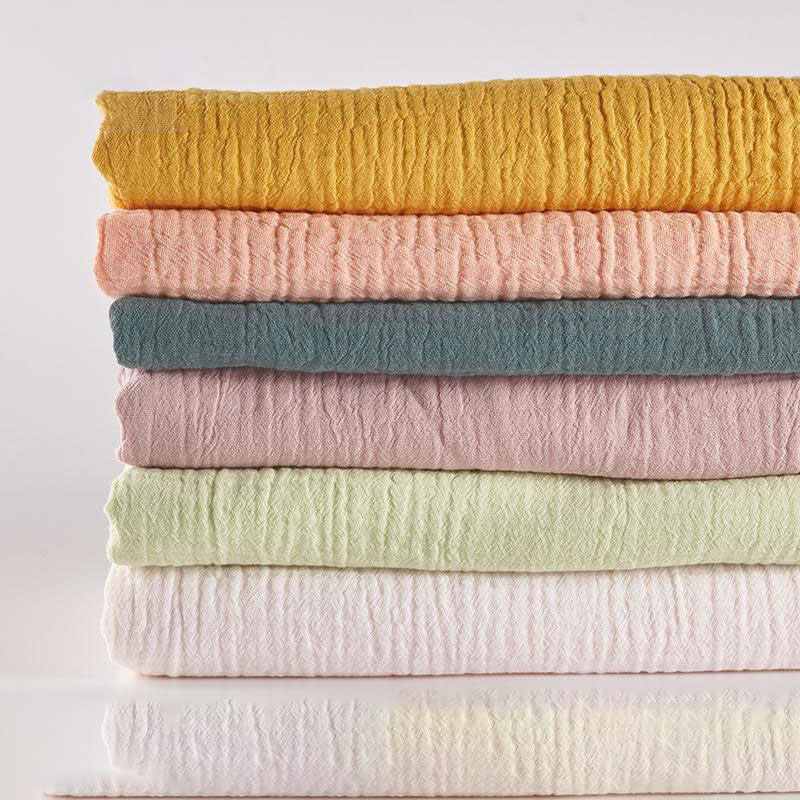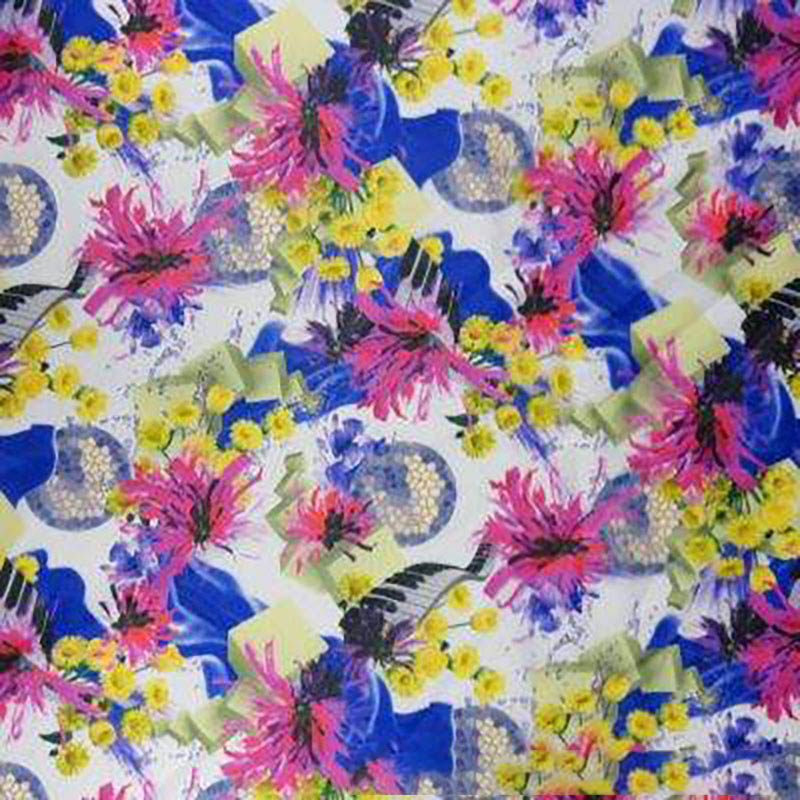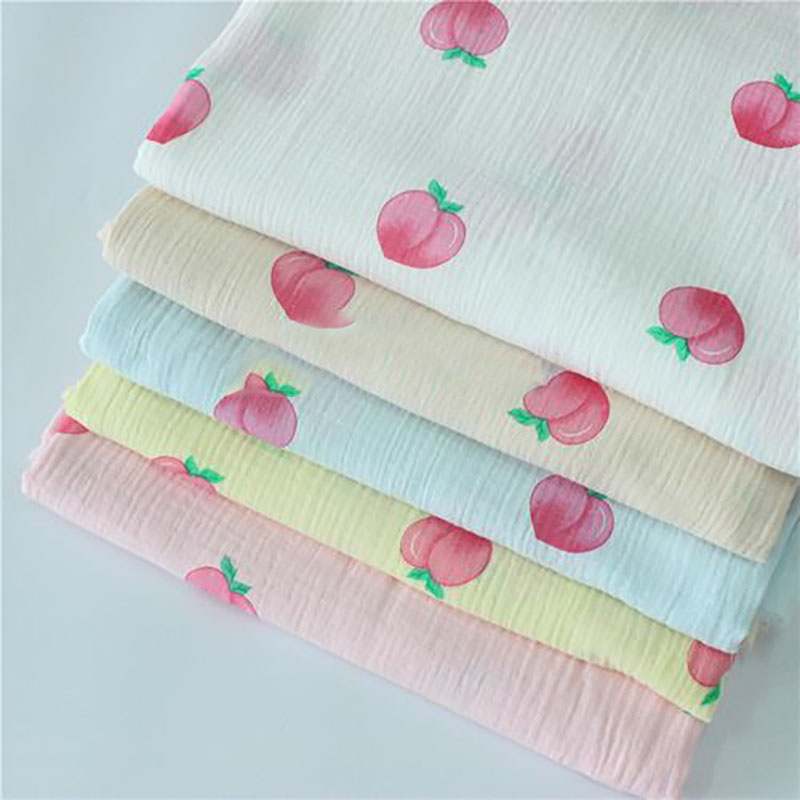In today's society, environmental protection and sustainable development have become important issues of common concern to consumers and producers. As an emerging environmentally friendly fabric, chambray has rapidly emerged with its unique advantages and has become a representative of sustainable fashion. This article will explore the background, production process and influence of chambray on youth culture.
Chambray is an environmentally friendly fabric made from recycled materials and is widely used in the production of clothing and household items. As people's environmental awareness increases, more and more brands begin to pay attention to the use of sustainable materials. The emergence of chambray is a reflection of the market's demand for environmentally friendly fashion.
.jpg)
The production process of chambray includes multiple steps. First, the raw materials are carefully selected to ensure that they are environmentally friendly and renewable. Then, advanced dyeing and printing processes are used to give the fabric a variety of visual effects. Throughout the production process, environmental standards are strictly controlled to reduce the impact on the environment.

The popularity of chambray is not just a fashion trend, but also an important manifestation of youth culture. Many young consumers begin to pay attention to the environmental awareness of brands, and they are more willing to choose brands that advocate sustainable development. Chambray has thus become a new lifestyle attitude, advocating green living and responsible consumption.

As an environmentally friendly fabric, chambray is leading the trend of sustainable fashion. Its unique production process and influence on youth culture have enabled it to occupy a place in the market. In the future, we expect more and more clothing brands to pay attention to environmentally friendly materials and promote the development of sustainable fashion.

